The Engineering Design Process
Игровые автоматы бесплатно лягушка Комета Казино
October 8, 2024Переваги отримання грошей у позику онлайн на карту
October 9, 2024Many engineers use an organized design process in order to meet customer’s needs. The process helps to structure projects, and also encourages creativity. The objective data collected during the process can reduce bias and aid in better decision-making. In addition, the engineering process teaches that failures and setbacks could be useful sources of future information.
The first step in the engineering design process is problem definition. Engineers must know what their product is intended to accomplish and why they require it. This is a crucial step for the rest of the engineering process.
Once the issue is established, it is essential to gather as much knowledge about the solution to the need as you can. This can be achieved through http://emjay-eng.com/steps-of-the-engineering-design-process/ conducting research, asking important questions and thinking about ideas. This is where engineering genius shines and where the most creative ideas can be created.
Engineers need to identify possible solutions and weigh their pros and cons prior to selecting the most suitable. The solution must be able to satisfy the requirements of the project (e.g. costs, materials space, time, and cost are all significant factors.
It is a good idea to create a prototype after picking the best solution. Then tests can be carried out to determine how well the product is performing as it is supposed to. It is possible to cut down the total time to develop a product by identifying any flaws at an early stage. This also saves money later on when fixing problems.
